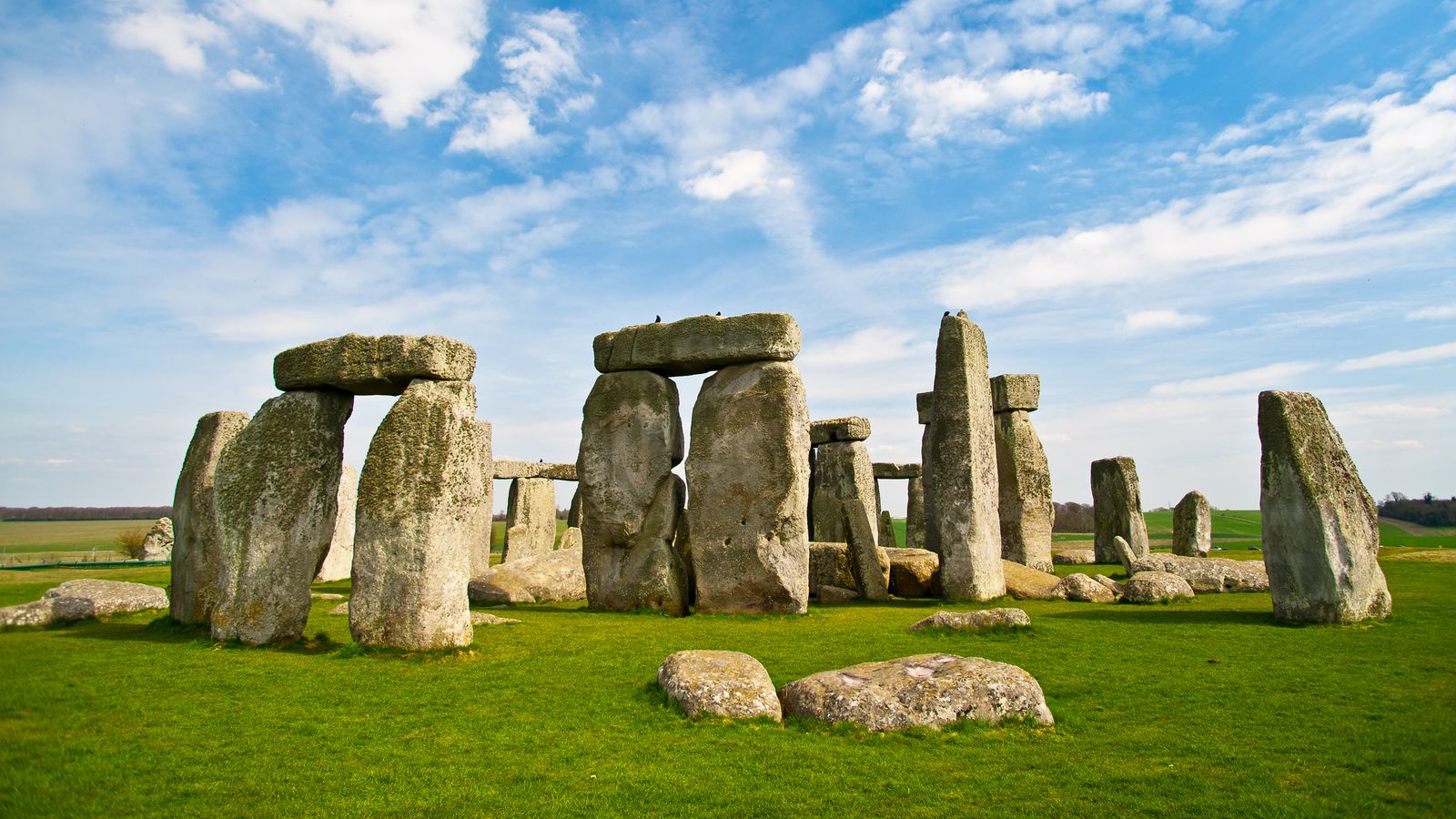
Stonehenge, located on the Salisbury Plain in Wiltshire, England, is a mysterious and awe-inspiring monument from the past. It was built around 5000 years ago during the Neolithic period and consisted of massive stones arranged in circles. The purpose of Stonehenge remains unknown to this day.
The first evidence of Stonehenge dates back to 2950 BC. During the Neolithic period, this site was used as a burial ground, with the remains of more than 250 people being found in the vicinity. The original stones used to create Stonehenge are thought to have been transported from Wales and Wiltshire, weighing up to 25 tons each.
The activities that happened
Stonehenge was the site of various ceremonies, rituals, and festivals. During the Bronze Age, it became an important religious center for Druidism, and later on, during the Iron Age, Celtic priests used Stonehenge as their spiritual base. As time passed, Stonehenge began to take on more secular functions, and it is thought that during the Roman period, it was used for public events such as chariot races.
Stonehenge continued to have a spiritual or religious connection until the 16th century, when it became a tourist attraction. To this day, Stonehenge remains shrouded in mystery, and its purpose still sparks debate among scholars and historians.
The history
With Stonehenge history, there are several theories to consider. Some believe that Stonehenge was built as an observatory, while others think it may have been used for healing purposes. Still, others suggest it was a temple dedicated to the gods or even a sacrificial site.
Regardless of its original purpose, Stonehenge is an impressive feat of engineering and has been recognized as a World Heritage Site by UNESCO.
It is an important part of British history and continues to attract visitors worldwide, who marvel at its beauty and mystery. Whether you’re curious about Stonehenge’s past or want to experience its grandeur in person, visiting Stonehenge is sure to be an unforgettable experience.
Reasons to use a guide for the visit
1- To fully understand the history and purpose of Stonehenge
With an expert, you can better appreciate the structure’s importance in history. A guided tour will provide a comprehensive overview of Stonehenge’s construction, journey through time, and place in British culture.
2- To learn about theories behind the origin
A knowledgeable guide can help explain some of the theories related to Stonehenge’s purpose and origins. Your tour guide can provide in-depth details you may not have time to research.
3- To explore the surrounding monuments
Stonehenge is surrounded by many other monuments and archaeological sites, most of which are lesser known. You can explore these sites with a guided tour and learn more about their history and significance.
4- To receive answers to all your questions
A guided tour allows you to ask your guide questions and get direct responses about Stonehenge and its history. This can help better understand the structure and its importance in British culture.
Conclusion
No matter what Stonehenge’s purpose was, this monument reminds us of the power and mystery of ancient cultures. Its stones stand tall as witnesses to the centuries that have passed since it was built, and its enduring presence continues to intrigue and inspire us even today.